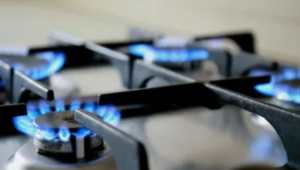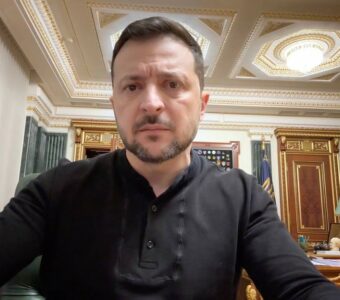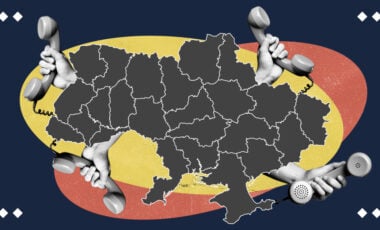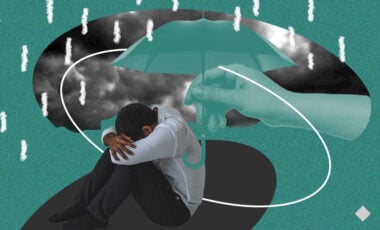Russian drone strikes in Odesa disrupt power, water, and heat to over 500 buildings
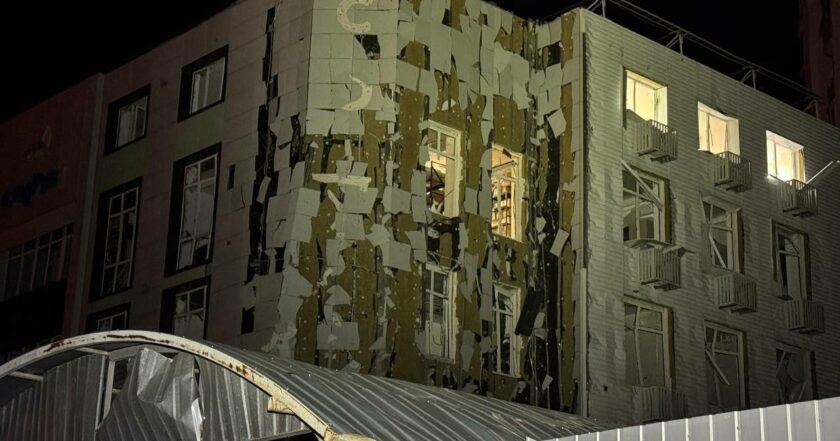
Photo: Telegram / Hennadii Trukhanov
On the night of February 19, the Russian invaders massively attacked Odesa with strike drones. Many explosions were heard, and a densely populated area of the city was under the enemy's sights.
Odesa's mayor, Hennadii Trukhanov, reported that.
On the evening and night of February 18 to 19, Russian strike drones actively targeted numerous regions in Ukraine, with an exceptionally high number of reports, including from the Air Force, focusing on the Odesa region. Alongside the drone activity, there were also warnings about a potential threat to Odesa from ballistic missiles launched from Crimea.
As highlighted, the Russian attack on Odesa left a significant number of homes without electricity, water, and heat.
The mayor said hospitals, clinics, and social infrastructure facilities were left without heat.
Warning: The video contains strong language.
"An operational headquarters is being deployed on-site. Together with specialists, we are currently assessing the consequences," he wrote.
As of 3 a.m., Trukhanov reported that power engineers were working.
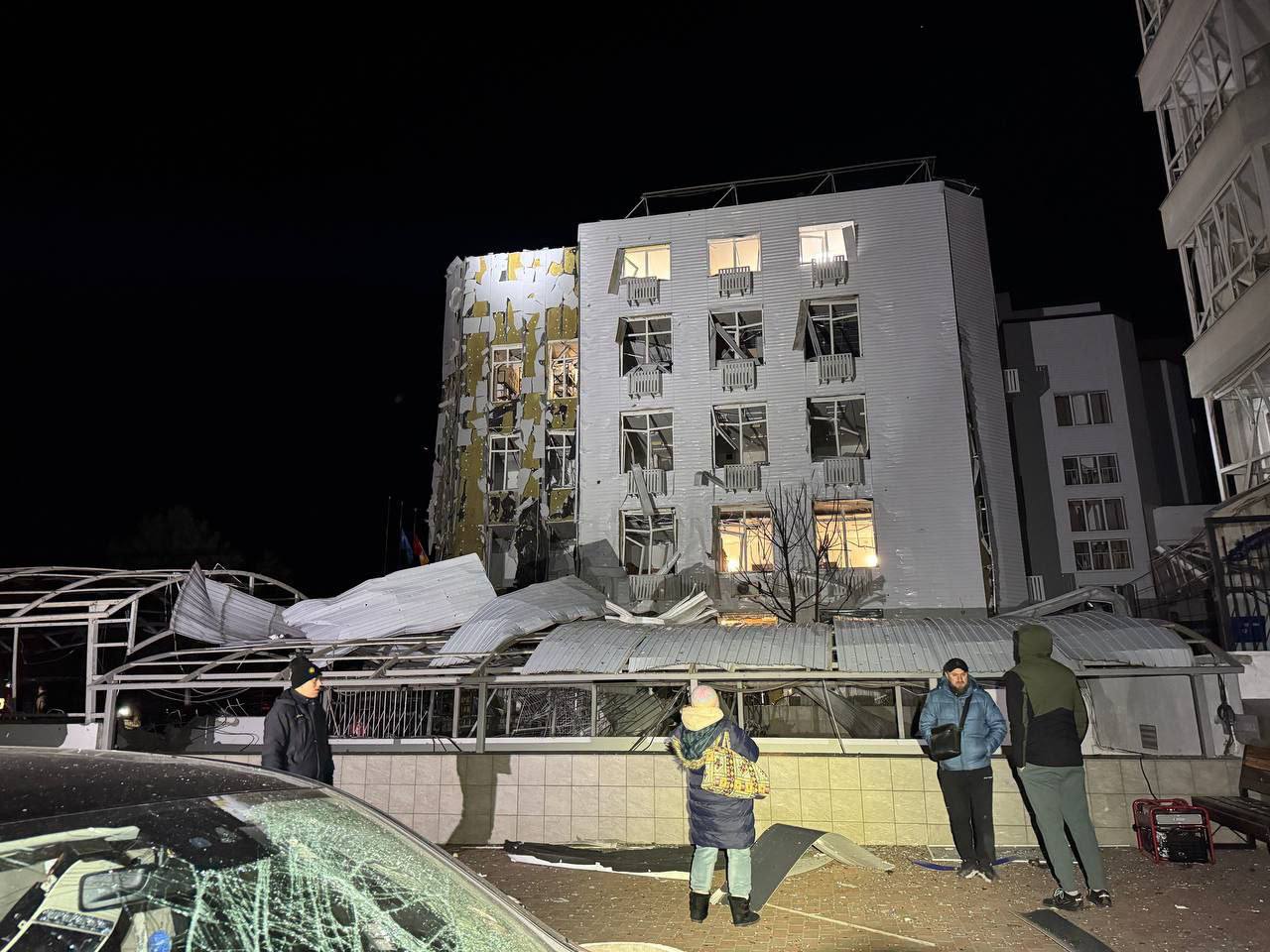
Photo: Telegram / Hennadii Trukhanov
"We are waiting for information from them because, based on the information we receive, we will plan our further actions," the mayor of Odesa said.
He also specified that as a result of the enemy attack, the following were left without electricity and heat:
- 14 schools,
- 13 kindergartens,
- a sizeable residential area – more than 500 houses.
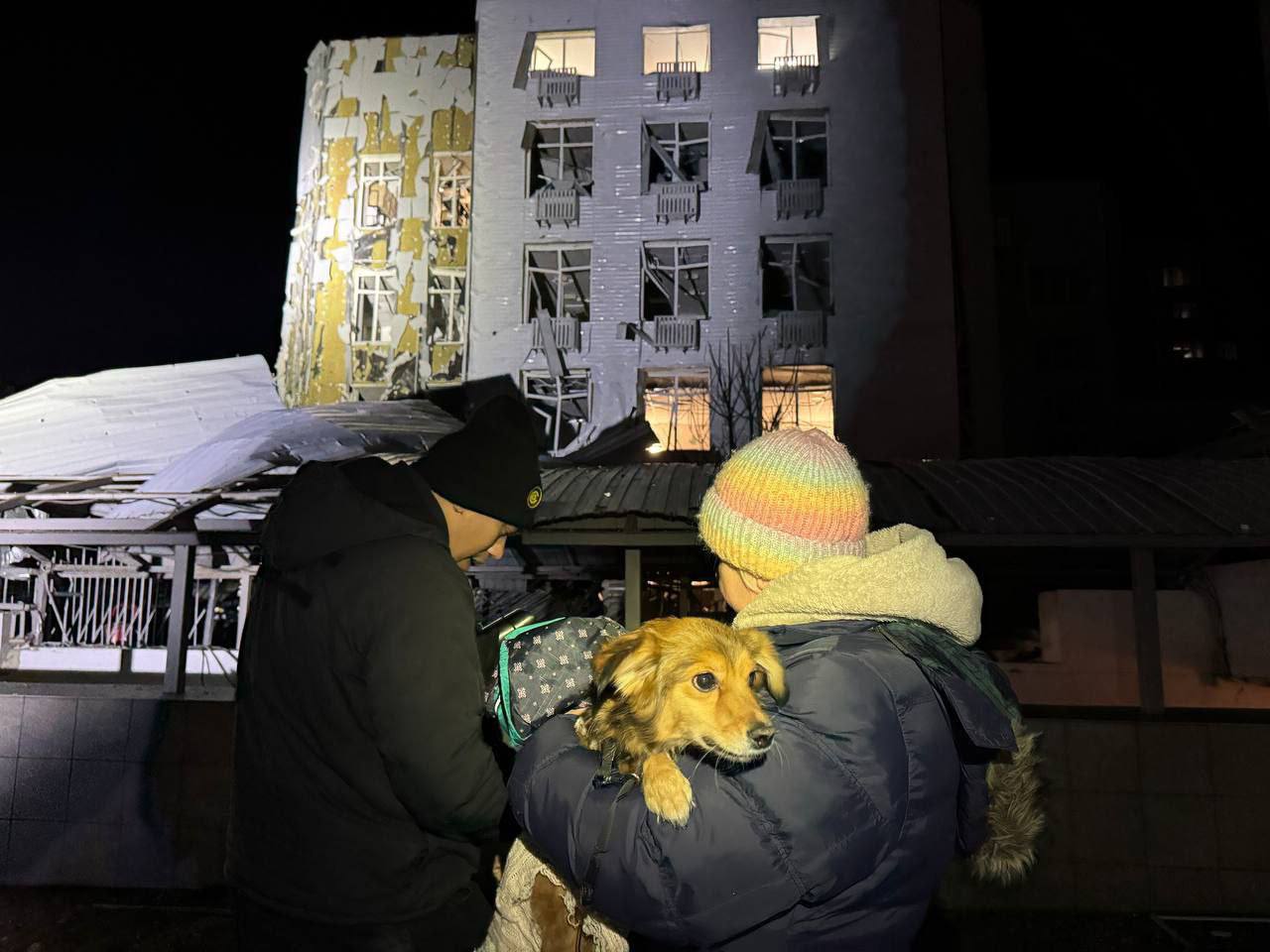
Photo: Telegram / Hennadii Trukhanov
Currently, specialists are assessing the consequences and determining how much time is needed to eliminate them. According to Trukhanov, a children's clinic and kindergarten were significantly damaged.
"One of the largest districts of our city, with over 250 thousand residents, 500 high-rise buildings are left without heating and electricity for the time being. But we already understand that the situation with heat supply is tough. Therefore, we are deciding not to defrost the system, to pour water in so that the situation does not worsen," the mayor explained.
Trukhanov added that one victim is currently known. He is being treated in the hospital.
Meanwhile, local authorities are deploying heating tents and inviolability points. The district administration will begin accepting applications from damaged apartment residents in the morning.
Additionally, there will be no in-person classes today in the Kyiv district of Odesa at educational institutions lacking electricity or heat.
"By decision of the headquarters, we are canceling tomorrow's children's education and visits to kindergartens in the Kyiv region. I ask everyone to hold on. I ask everyone to calm down. The situation is challenging, but I want to assure you that I, our team, are working," Trukhanov summed up.
It should be noted that after the attack on Odesa, power outages were reported in Mykolaiv, and residents of Kherson were also left without power.
"We are working, trying to fix it," the head of the Mykolaiv Regional Military Administration, Vitalii Kim, wrote.
For reference:
On the night of February 13, the enemy launched a massive attack with strike drones on the Odesa region. The fragments of the drone injured a resident.
Also, in Mykolaiv, on the night of February 16, the Russian invaders completely destroyed the electricity generation when they hit the local CHP. The city is trying to restore the heat supply using alternative methods.

Cleanup of Russian drone strike consequences at Chornobyl NPP enters fifth day – Ukraine's environment ministry



